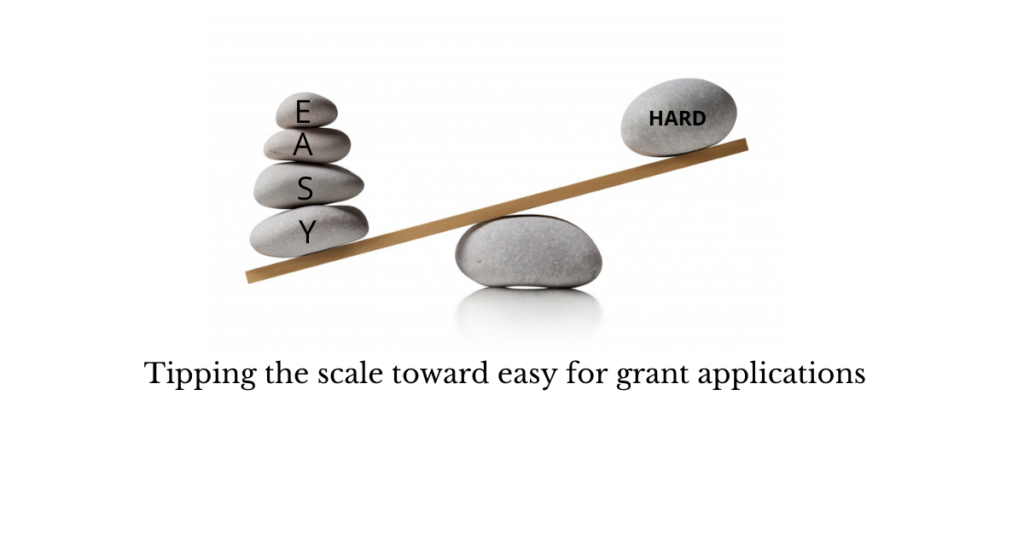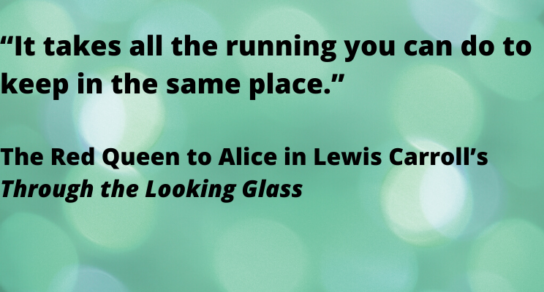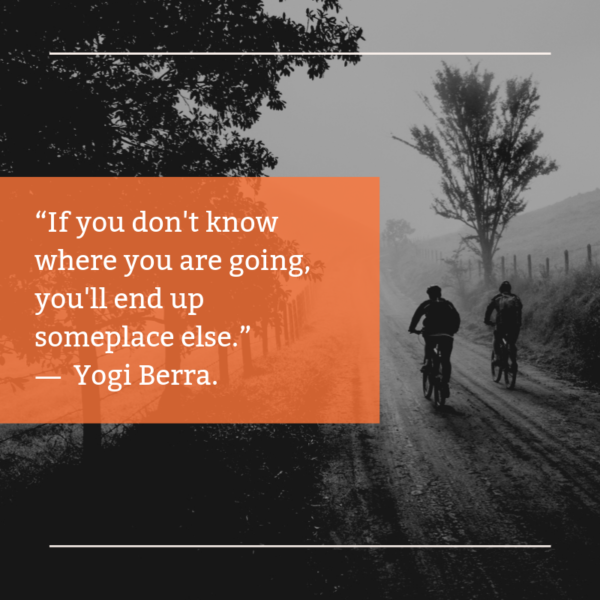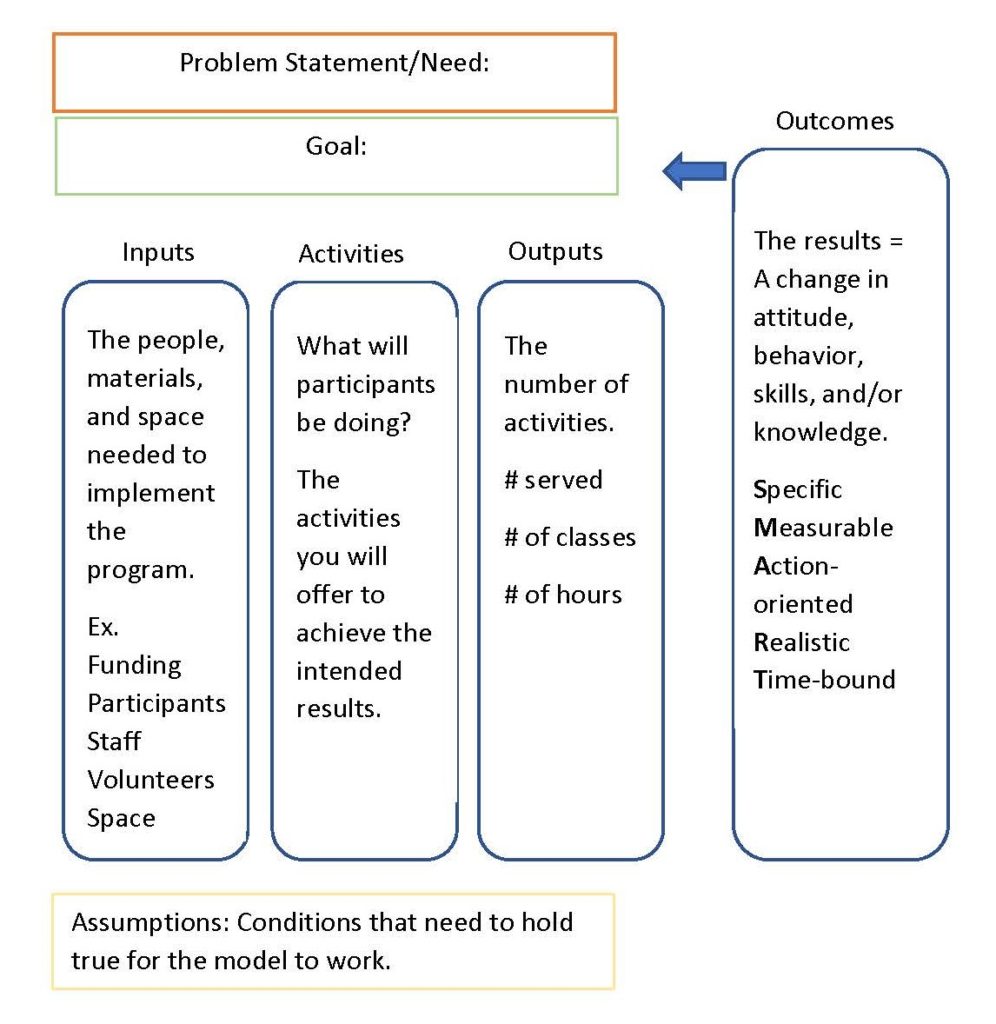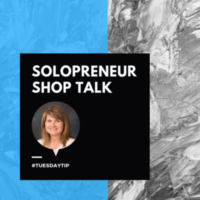Stories help us make sense of our world. For nonprofits, stories are a great way to show impact, connect with your reader, and inspire action. One of the easiest ways to tell a story is by using the Three-Act format with its beginning, middle, and end.
Act 1 – Sets the scene in time & space, introduces the main character(s) along with their life and their goals.
Act 2 – Lays out the difficult journey of your hero. Here she runs into a series of significant challenges or barriers between her and her desired goal.
Act 3 – Against all the odds your hero prevails- with your organization as the supporting character.
Add a Call to Action. A Call to Action which can be:
- Donate – this a good time to ask for donations that support the particular outcome of the story
- Volunteer – giving time and talent to your organization
- Fundraise – ex. A social media fundraiser in lieu of a birthday gift or as part of an event
- Share the message – share the work of your organization on social media channels
- Subscribe – subscribe to your newsletter
Gia’s story https://covenanthousecalifornia.org/our-stories/ about overcoming homelessness is compelling.
Read on for three types of stories and examples.
The Origin Story – This story talks about how your work got started. Why do you do what you do? This story should not be a dry timeline of events but rather a genuine look at the why of your work.
Take a look at Kaboom’s (they help communities build playgrounds for children) origin story: At just four years old, KaBOOM! Founder and CEO Darell Hammond was taken to a group home with his seven siblings outside of Chicago, where they grew up after his father abruptly abandoned the family. It was in this home, Hammond writes, that he learned about kindness, generosity, and community service.
In 1995, Hammond read an article in The Washington Post about two young children who died after becoming trapped in an abandoned car while playing. At the time, there were no safe places for children to play in their community, less than two miles from the U.S. Capitol. Hammond changed that—he brought the community together to build a playground in their honor and at just 24 years old, started KaBOOM! from his Washington, DC apartment.
This story is personal and shows the power of one person. What is the connection between your nonprofit’s founding and the community?
Overcoming Adversity – Many nonprofits help people overcome adversity. But do you tell the story of it? How do the people you help change their life? What is different because of your work?
Bringing clean water to the developing world, Charity: Water is masterful at storytelling:
MORE TIME FOR MOMS AROUND THE WORLD
Before she had access to clean water, Tencia used to spend the first half of every day walking and waiting in line to collect water from a river outside her village. It was never enough water for her family, and it left her very little time to earn money. As a single mom, life was incredibly challenging.
But thanks to supporters like you, all of that has changed.
“When we were fetching water from the river, it took so much time. There was no time for other activities. Now we can get water 1, 2, 3, 4 times from the borehole because it’s so close!”
Today, with a hand-pump in the middle her village, Tencia can collect as much clean water as her family needs. And better yet, she has plenty of time to focus on things that truly matter: like building her bread-making business and improving the future of her family.
You can provide life-saving clean water to the people who need it most. 100% of your contribution will fund water project costs in the field.
Here Charity: Water clearly shows the impact of clean water, how their donors helped, and how you can help further — all in less than 200 words.
Putting a Face on Your Nonprofit
These are the stories that showcase your volunteers, donors, and staff. To find the stories here, ask your volunteer, donor, or staff member questions like,
- What motivated you to volunteer?
- What do you find most meaningful about volunteering for this organization?
- How do you most benefit as a donor?
- What do you think is your most significant contribution as a staff member?
In this story, The Arc Central Chesapeake Region, who helps people with a disability live and thrive in their community highlights the work of a job coach.
Patricia
For Patricia, becoming a Direct Support Professional was one of the best decisions she ever made. It all started nearly three years ago when she was introduced to the career. Patricia dove into the field and has had a rewarding experience ever since.
As a job coach, Patricia loves her work with Chelsea. Empowering Chelsea to learn new skills, express her interests, and create opportunities for greater independence is the core of what she does. Patricia helped Chelsea find the opportunity to interact with animals, and together they visit farms and can feed the pigs, collect eggs and participate in Chelsea’s favorite activity – horseback riding. For Patricia it is about more than the money, it is about being able to work in a rewarding and fulfilling career with a person that she absolutely loves being around. “It is so much joy,” she said.
In this story, The Arc Central Chesapeake Region helps the reader understand the joy of helping others achieve.
Use these effective approaches to tell your stories.




